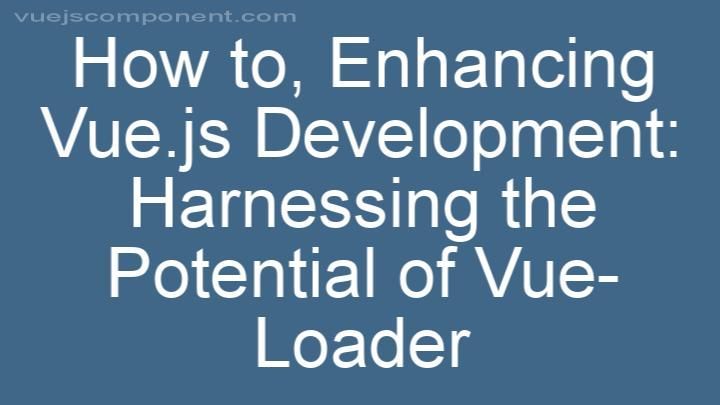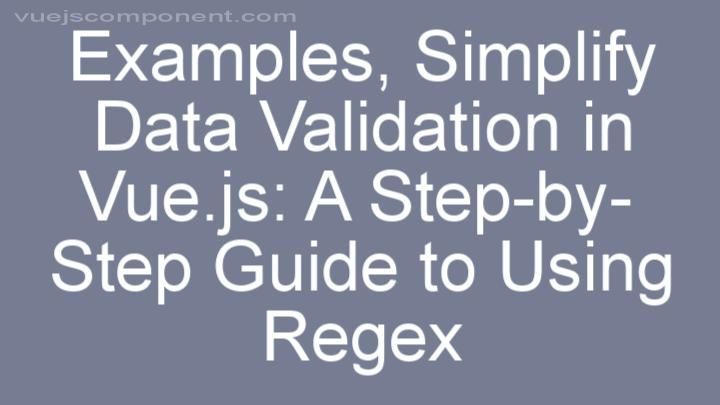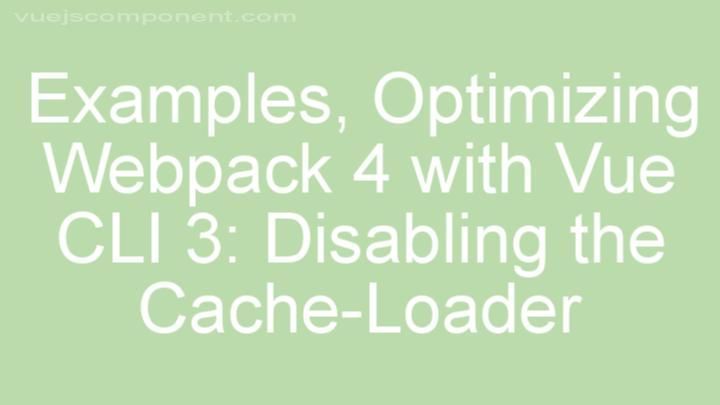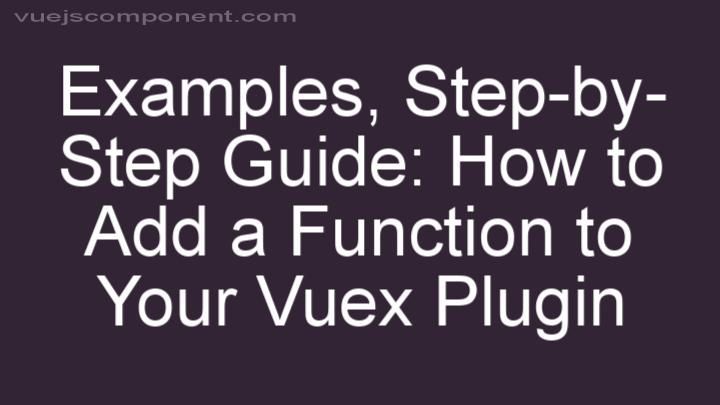
Install
Visibility.js 
Visibility.js is a wrapper for the Page Visibility API. It hides vendor prefixes and adds high level functions.
Page Visibility API allows you to determine whether your web page is either visible to
a user or hidden in background tab or prerendering. It allows you to use
the page visibility state in JavaScript logic and improve browser performance
by disabling unnecessary timers and AJAX requests, or improve user interface
experience (for example, by stopping video playback or slideshow when user
switches to another browser tab).
Moreover, you can detect if the browser is just prerendering the page while
the user has still not opened the link, and don’t count this as a visit in your
analytics module, or do not run heavy calculations or other actions which will
disable the prerendering.
Page Visibility API is natively supported by all browsers. For old browsers
you can use lib/visibility.fallback.js with focus/blur hack (note that this
hack has an issue: when browser just lose focus but still visible for user, its state will change to [hidden]).
Translations
Документация на русском:
habrahabr.ru/blogs/javascript/125833/
States
Currently the Page Visibility API supports three visibility states:
visible: user has opened the page and works within it.hidden: user has switched to another tab or minimized browser window.prerender: browser is just prerendering a page which may possibly be opened
by the user to make the apparent loading time smaller.
Timers
The main use case for this library is to enable some of the times only when
content is visible to the user, i.e. the ones animating a countdown animation.
Visibility.every(interval, callback) is similar to
setInterval(callback, interval), but calls callback every interval ms only
if the page is visible. For example, let’s create a countdown timer:
Visibility.every(1000, function () {
updateCountdownAnimation();
});
You can provide an additional interval which will be used when the page
is hidden. In next example, a check for inbox updates will be run every 1 minute
for a visible page and every 5 minutes for a hidden one:
var minute = 60 * 1000;
Visibility.every(minute, 5 * minute, function () {
checkForEmail();
});
When the page becomes visible, if the callback has not been called in longer than
the visible interval, it will be called immediately. In the example above, if you
hid the page for 9 minutes, checkForEmail will get called once while the page is hidden,
and immediately when it is made visible.
Visibility.every returns a timer identifier, much like the setInterval
function. However, it cannot be passed to clearInterval, and you should use
Visibility.stop(id) to stop the timer.
var slideshow = Visibility.every(5 * 1000, function () {
nextSlide();
});
$('.stopSlideshow').click(function () {
Visibility.stop(slideshow);
});
If the browser does not support the Page Visibility API, Visibility.every will
fall back to setInterval, and callback will be run every interval ms for
both the hidden and visible pages.
Initializers
Another common use case is when you need to execute some actions upon a switch to
particular visibility state.
Waiting until the page becomes visible
Visibility.onVisible(callback) checks current state of the page. If it is
visible now, it will run callback, otherwise it will wait until state changes
to visible, and then run callback.
For example, let’s show an animated notification only when the page is visible,
so if some user opens a page in the background, the animation will delay until
the page becomes visible, i.e. until the user has switched
to a tab with the page:
Visibility.onVisible(function () {
startIntroAnimation();
});
If a browser doesn’t support Page Visibility API, Visibility.onVisible
will run the callback immediately.
Wait until the page is opened after prerendering
A web developer can hint a browser (using Prerendering API) that an user
is likely to click on some link (i.e. on a “Next” link in a multi-page article),
and the browser then may prefetch and prerender the page, so that the user will
not wait after actually going via the link.
But you may not want to count the browser prerendering a page as a visitor in
your analytics system. Moreover, the browser will disable prerendering if you
will try to do heavy computations or use audio/video tags on the page. So, you
may decide to not run parts of the code while prerendering and wait until the
user actually opens the link.
You can use Visibility.afterPrerendering(callback) in this cases. For example,
this code will only take real visitors (and not page prerenderings) into
account:
Visibility.afterPrerendering(function () {
Statistics.countVisitor();
});
If the browser doesn’t support Page Visibility API,
Visibility.afterPrerendering will run callback immediately.
Low-level API
In some cases you may need more low-level methods. For example, you may want to
count the time user has viewed the page in foreground and time it has stayed in
background.
Visibility.isSupported() will return true if browser supports the
Page Visibility API:
if( Visibility.isSupported() ) {
Statistics.startTrackingVisibility();
}
Visibility.state() will return a string with visibility state. More states
can be added in the future, so for most cases a simpler Visibility.hidden()
method can be used. It will return true if the page is hidden by any reason.
For example, while prerendering, Visibility.state() will return "prerender",
but Visibility.hidden() will return true.
This code will aid in collecting page visibility statistics:
$(document).load(function () {
if ( 'hidden' == Visibility.state() ) {
Statistics.userOpenPageInBackgroundTab();
}
if ( 'prerender' == Visibility.state() ) {
Statistics.pageIsPrerendering();
}
});
And this example will only enable auto-playing when the page is opening as a
visible tab (not a background one):
$(document).load(function () {
if ( !Visibility.hidden() ) {
VideoPlayer.play();
}
});
Using Visibility.change(callback) you can listen to visibility state changing
events. The callback takes 2 arguments: an event object and a state name.
Let’s collect some statistics with this events approach:
Visibility.change(function (e, state) {
Statistics.visibilityChange(state);
});
Method change returns listener ID. You can use it to unbind listener by
Visibility.unbind(id):
var listener = Visibility.change(function (e, state) {
if ( !Visibility.hidden() ) {
VideoPlayer.pause();
}
});
VideoPlayer.onFinish(function () {
Visibility.unbind(listener);
});
Methods onVisible and afterPrerendering will also return listener ID,
if they wait visibility state changes. If they execute callback immediately,
they return true if Page Visibility API is supported and false
if they can’t detect visibility state.
var listener = Visibility.onVisible(function () {
notification.takeAttention();
});
notification.onOutOfDate(function () {
if ( typeof(listener) == 'number' ) {
Visibility.unbind(listener);
}
});
Packages
Visibility.js is shipped with 4 files:
visibility.core– core module.visibility.timers–everyandstopmethods to setsetIntervaldepend
on visibility state.visibility–visibility.coreandvisibility.timerstogether.visibility.fallback– fallback for browser without Page Visibility API.
It use documentfocus/blurevents, so document become to be hidden,
when browser just lose focus, but still visible for user.
Installing
Available by NPM:
npm install --save visibilityjs
Contributing
-
To run tests you need node.js and npm. For example, in Ubuntu run:
sudo apt-get install nodejs npm -
Next install npm dependencies:
npm install -
Run all tests:
npm test -
Also you can see real usage example in integration test
test/integration.html.




